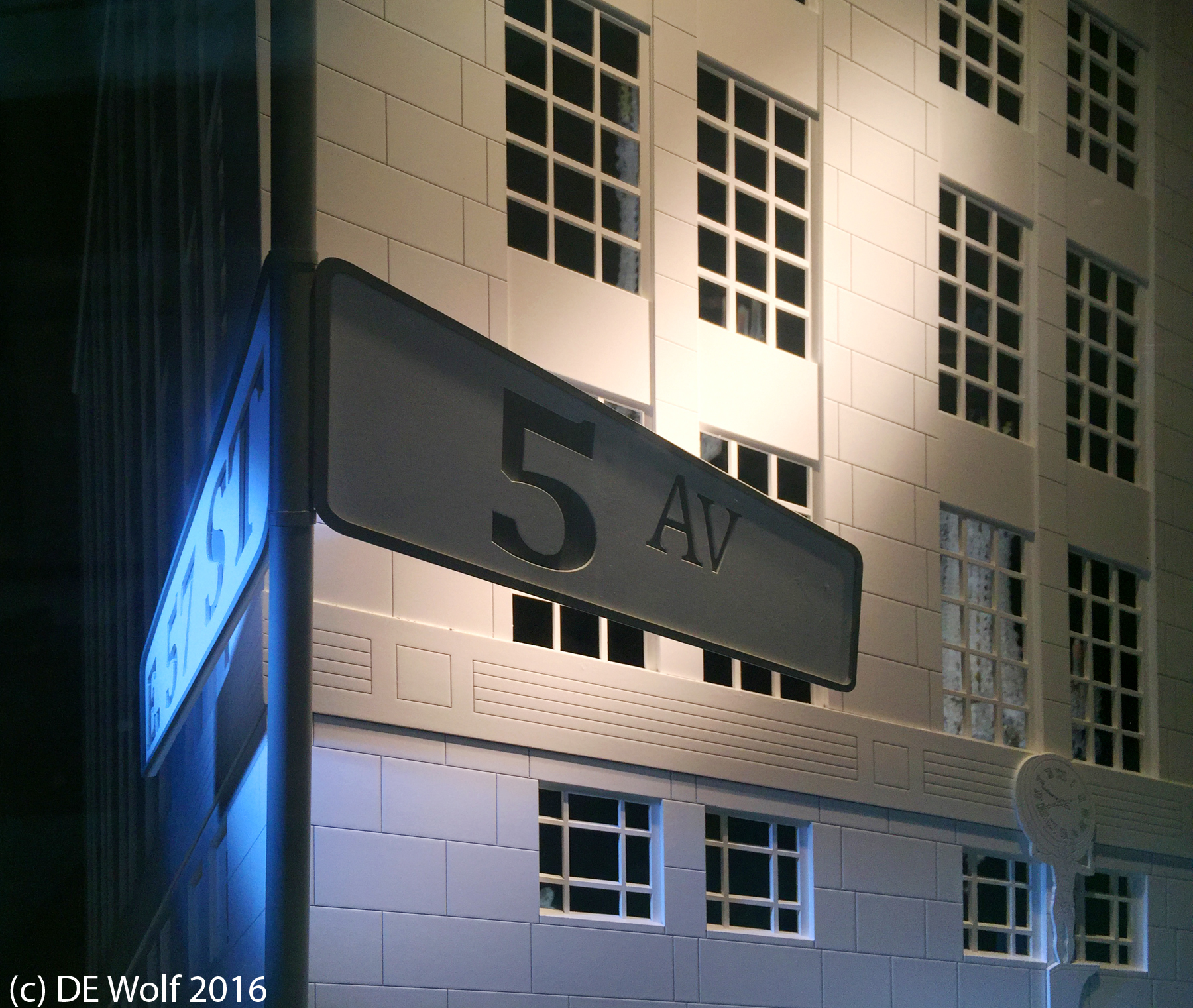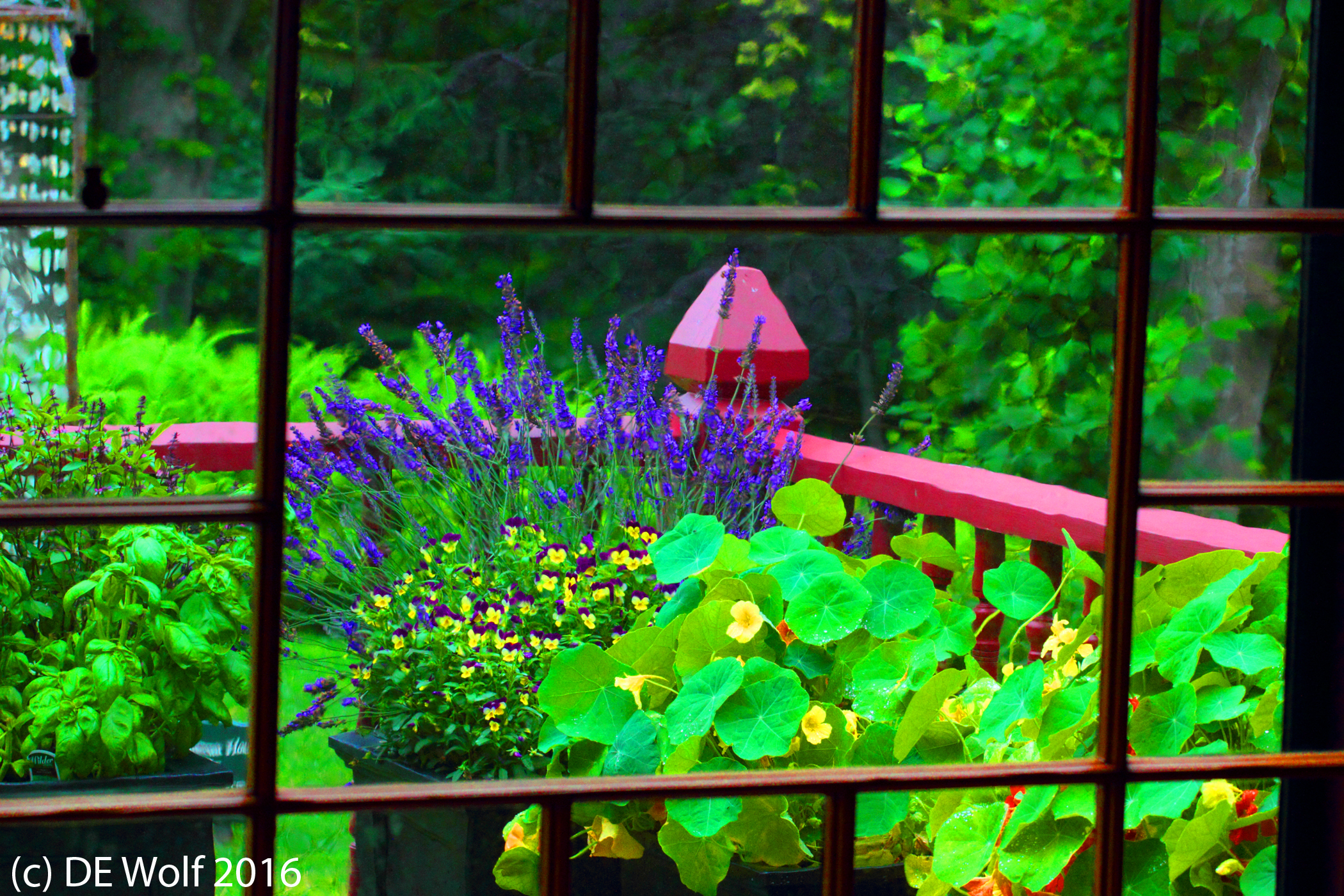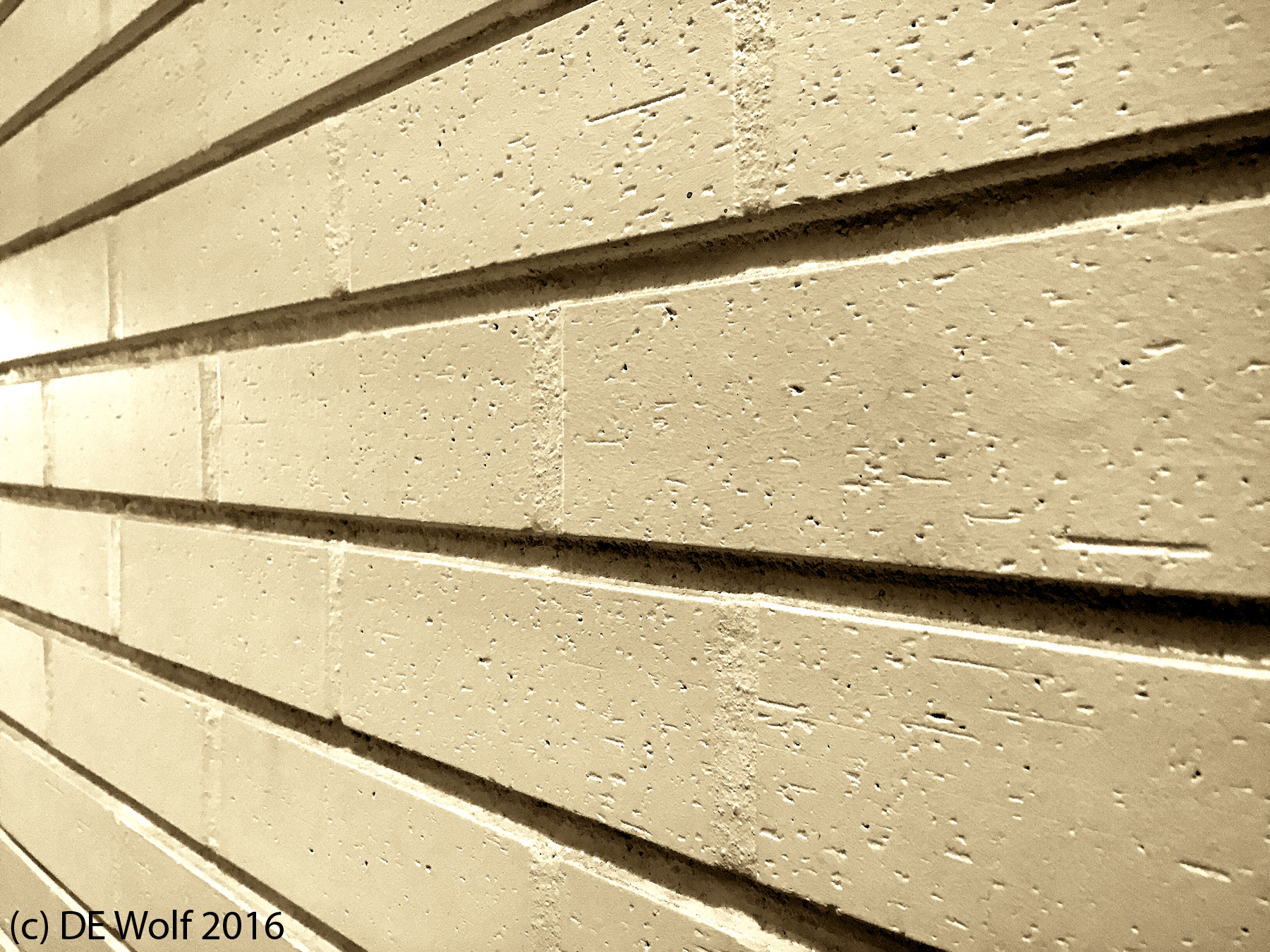
Figure 1 – Camera batteries, (Left) photocell for Leica M3 meter, (Center) custom battery for Canon 300D, (Right) custom battery for Canon T2i.
Over the course of the year, I come across my old Leica M3 several times. This is a famous and legendary camera. I get nostalgic, a tear might even come to my eye, and I remember its wonder and easy of use, as well as what I remember as its “spot on” sharp images. So I have set myself on a nostalgic and marvelous retro adventure to use it once more and to take some photographs with it. So to share the adventure.
Let me begin by saying that this is not a war between film and digital photography. While some refuse to believe it, that war is already won and the victory of digital was inevitable. It was preordained. At some point digital photography was going to cross the magical 11 M pixel limit, and the downward slope of film-based cameras would begin.
However, I am taking this as an opportunity to reflect on the many different aspects of the comparison, and there are several surprises. We can begin with the very fact of my ability to make the comparison. I bought my camera used, and it was already kissing antiqueness. It was built in 1963. that is 53 years ago. 53 years from now neither of my Canon DSLRs will be usable. And the key to their obsolescence is shown in Figure 1. The first thing that I had to do to resurrect my M3 was buy batteries for the light meter. I bought mine from B&H Photovideo but could just as well have gone to my local pharmacy. It is that little disk in Figure 1 which may be compared to the batteries from my Canon EOS 300D and my Canon T2i. These are custom designed batteries with custom design chargers, The charging for one doesn’t even charge the batteries of the other. Clever marketing! Right? Wanna bet how likely it is that you will be able to buy a replacement in 2069? Not! And no matter how good modern batteries are compared to those of a generation ago, you can pretty much count on the fact that they will be gone with the wind long before the mid-twenty first century. That is unlike the Volkswagen in Woody Allen’s movie “Sleeper.”
Hmm, and while we are on the subject there is also the issue of replacement electronic circuit cards in modern cameras. This issue first came up for me with microscopes. You can still use a fifty year-old microscope. It’s probably not optically as good, especially for modes like fluorescence. But buy a new one with all its fancy electronics and you are buying something with marvelous performance and not so marvelous built in obsolescence. When an electronic part fails, the process nowadays is to swap out the board. Long gone are the days when there are people, who can fix a circuit for you. The very concept of board level electronics is not. And you are very lucky if any manufacturer stocks boards for longer than ten years.
Now I cannot promise you that in fifty-three years that little disk photocell will still be available. Only Kodak promised that film in all formats would always be produced. Kodak? But the Leica M3, a marvel of mechanical and optical technology, will still take photographs without the built in meter. Well, that is as long as 35 mm film remains available.









